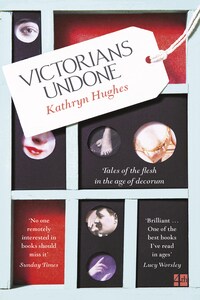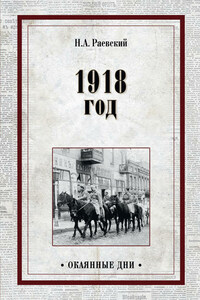IN THE EARLY hours of 22 November 1819 a baby girl was born in a small stone farmhouse, tucked away in the woodiest part of Warwickshire, about four miles from Nuneaton. It was not an important event. Mary Anne was the fifth child and third daughter of Robert Evans, and the terse note Evans made in his diary of her arrival suggests that he had other things to think about that day.>1 As land agent to the Newdigate family of Arbury Hall, the forty-six-year-old Evans was in charge of 7000 acres of mixed arable and dairy farmland, a coal-mine, a canal and, his particular love, miles of ancient deciduous forest, the remnants of Shakespeareâs Arden. A new baby, a female too, was not something for which a man like Robert Evans had time to stop.
Six months earlier another little girl, equally obscure in her own way, had been born in a corner of Kensington Palace. Princess Alexandrina Victoria was also the child of a middle-aged man, the fifty-two-year-old Prince Edward of Kent, himself the fourth son of Mad King George III. None of Georgeâs surviving twelve children had so far managed to produce a viable heir to succeed the Prince Regent, who was about to take over as king in his own right. It had been made brutally clear to the four elderly remaining bachelors, Edward among them, that the patriotic moment had come to give up their mistresses, acquire legal wives and produce a crop of lusty boys. But despite three sketchy, resentful marriages, the desired heir had yet to appear. Still, at this point it was too soon to give up hope completely. Princess Alexandrina Victoria, born on 24 May 1819, was promisingly robust and her mother, while past thirty, was young enough to try again for a son. If anyone bothered to think ahead for the little girl, the most they might imagine was that she would one day become the elder sister of a great king.
Officially the futures of these two little girls, Mary Anne and Alexandrina Victoria, were not promising. As for every other female child born that year, the worlds of commerce, industry and the professions were closed to them. As adults they would not be able to speak in the House of Commons, or vote for someone to do so on their behalf. They would not be eligible to take a degree at one of the ancient universities, become a lawyer, or manage the economic processes which were turning Britain into the most powerful nation on earth. Instead, their duties would be assumed to lie exclusively at home, whether palace or farmhouse, as companions and carers of husbands, children and ageing parents.
Yet that, as we know, is not what happened. Neither girl lived the life that the circumstances of her birth had seemed to decree. Instead, each emerged from obscurity to define the tone and temper of the age. Princess Alexandrina Victoria, pushed further up the line of succession by her fatherâs early death, even gave her name to it. âVictorianâ became the brand name for a confident, expansive hegemony which was extended absent-mindedly beyond her own lifetime. âVictorianâ was the sound of unassailable depth, stretch and solidity. It meant money in the bank and ships steaming the earth, factories that clattered all night and buildings that stretched for the sky. Its shape was the odd little figure of Victoria herself, sweet and girlish in the early years, fat and biddyish at the end. Wherever âVictorianâ energy and bustle made themselves felt, you could be sure to find that distinctive image, stamped into coins and erected in stone, woven into tablecloths and framed in cheap wood. In its ordinary femininity the figure of Victoria offered the moral counterpoise to all that striving and getting. The solid husband, puffy bosom and string of children represented the kind of good woman for whom Britain was busy getting rich.










